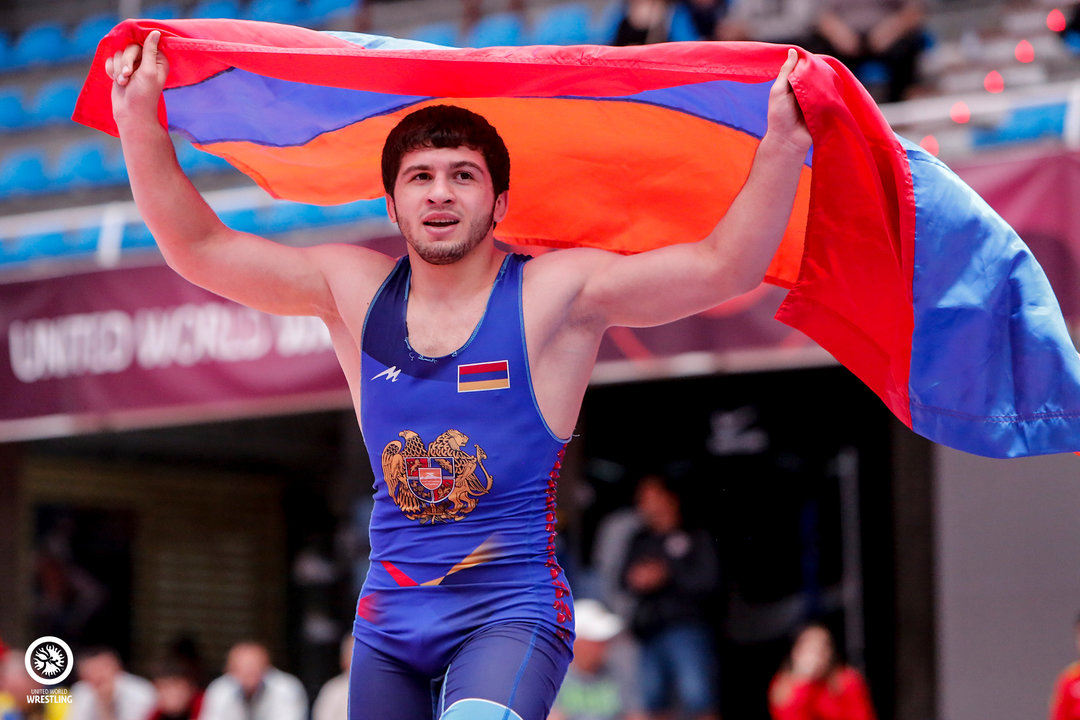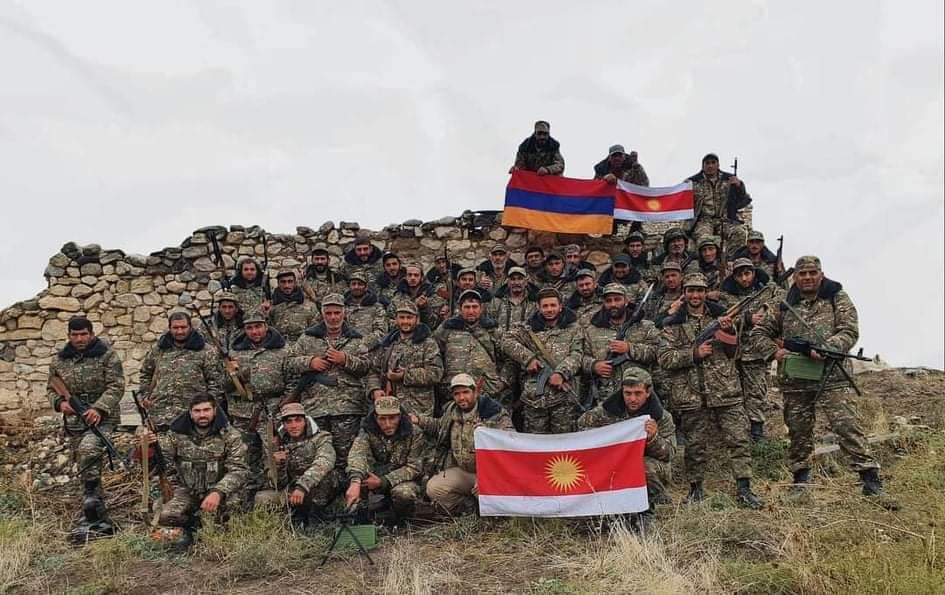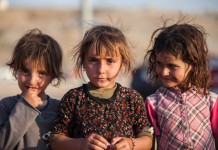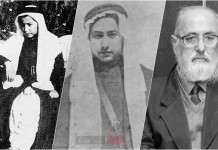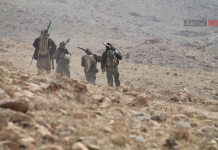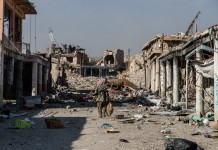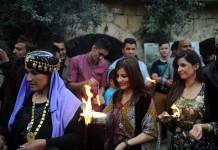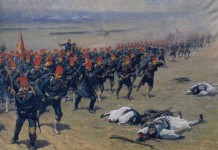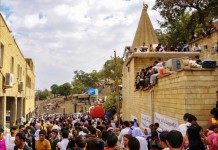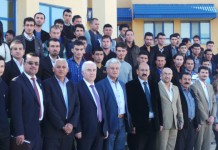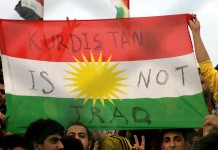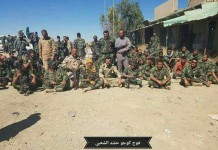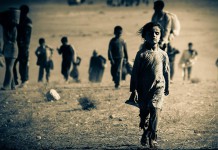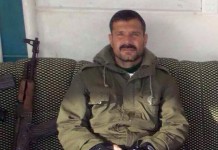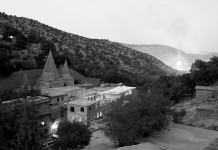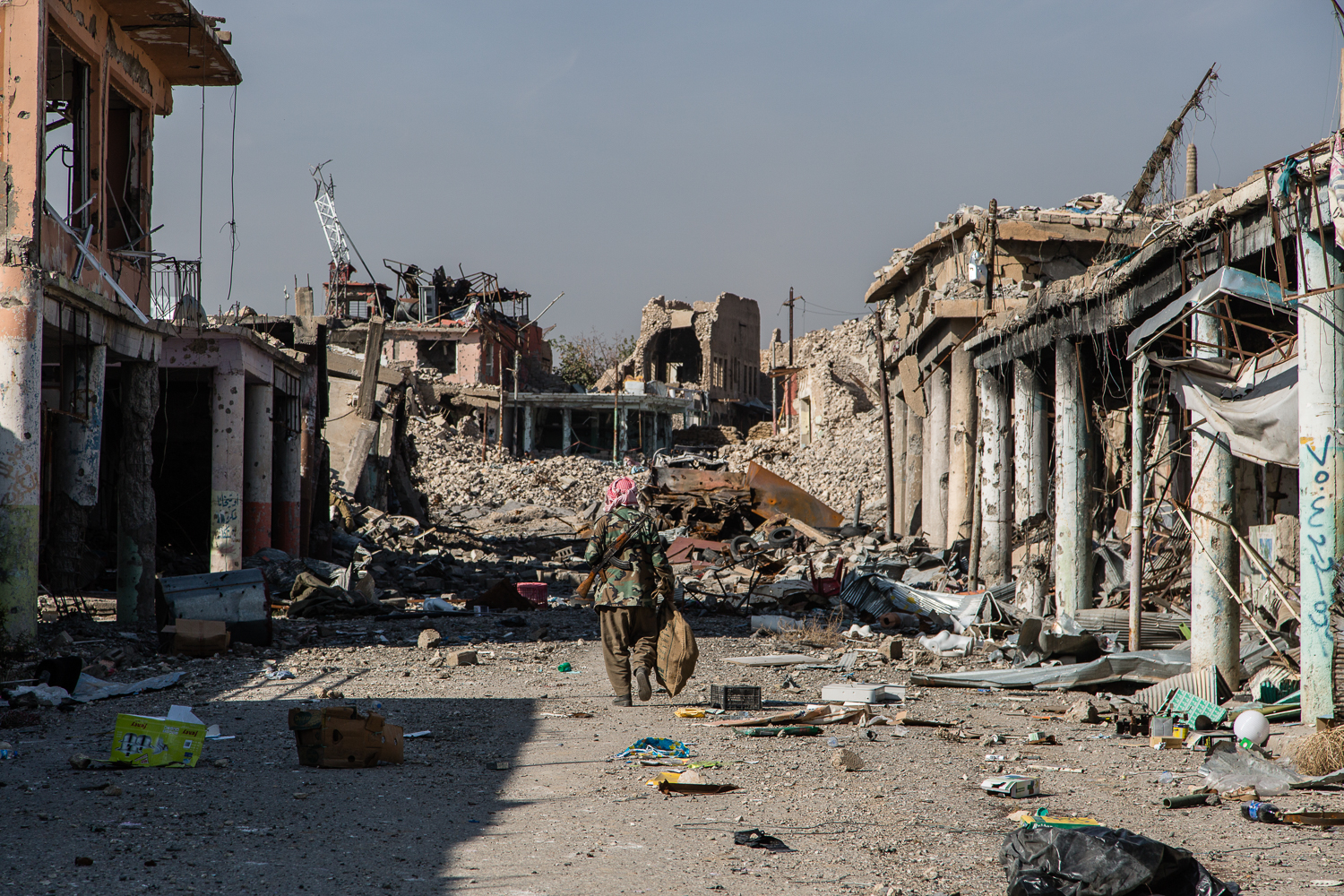This article was originally published Sept. 22, 2017 on al-Arabiya and can be accessed here.
by Murad Ismael

Yazidis have a population of about a half million people in Iraq. Their voting power in the upcoming independence referendum in the Kurdistan Region of Iraq (KRI) marks nearly ten percent of eligible voters, which would suggest that the beleaguered minority group has an important political voice. However, the Yazidi voice is muted and most Yazidis will likely stay away from the ballot boxes—and for good reasons.
The referendum is on schedule despite the furious opposition of key regional, local, and international players. The neighboring states of Turkey and Iran have expressed their disapproval explicitly or implicitly (or by conducting military drills), threatening a violent response or economic sanctions.
In Iraq, the parliament rejected the referendum, the supreme court ruled for suspension, and PM Abadi even threatened military intervention in the case of violence against “Iraqis.” Within the KRI itself, Kurds are deeply divided: the Kurdistan Democratic Party (KDP) is the driving force behind the referendum, the Patriotic Union of Kurdistan (PUK) is supportive but less enthusiastically, and Goran – the Change Party – is opposing firmly.
The White House announced that US does not support the referendum and the US State Department has declared its strong opposition to the referendum’s “unilateral action” toward disputed territories. The UK, UN, EU, Germany, and an international coalition of 69 countries all share the US view.
Kurds’ Desire for Independence
Amid all of the clamor, the Yazidis remain vastly silent. Yazidis are sensitive to the Kurds’ overwhelming desire for independence, a desire that is rooted in the fabric of Kurdish society. This desire is driven by a 70-year-long Kurdish quest for human rights and dignity. Yazidis do not want, or intend, to oppose Kurdish aspirations.
The Kurds have suffered greatly under successive Iraqi regimes, which has involved the mass killing of civilians in the late 1980s, the use of chemical weapons in Halabja, the destruction of many villages, and the collective subjugation to prejudice similar to what Yazidis suffer today.
However, the aspirations of the Yazidis are distinct and the Yazidi Genocide conducted by the Islamic State (IS) has resulted in the formation of a new Yazidi Identity. These factors come with new political consequences.
I recently spoke with Said Saydo, a physician among the Yazidi diaspora community in Germany, who expressed that many Yazidis wish that they had been consulted prior to the launch of the referendum about such a “sensitive and fateful” step.
He told me: “In principle, there is no doubt that every nation has the right to self-determination, and for this reason, our vision is that this referendum is a legitimate right for the Kurdish People, but with regard to Yazidis in the region, their voices have again been undermined.” Saydo also shared his view that “Yazidis and other minorities should also have the right of self-governance in any future configuration of the post-IS Iraq.”
Complicated Relationship
The relationship between the Yazidis and the Kurds is more complicated than ever. Some Yazidis consider themselves Kurds while others consider themselves ethnically Yazidi or as an ethno-religious group distinct from the Kurds.
The relationship has had many historical ups and downs and we can confidently say that it is going through a deep down now, mainly due to the Peshmerga’s withdrawal from Sinjar in 2014, in addition to the ongoing unfair treatment of Yazidis inside the KRI, which takes different forms, including depriving them of true freedom of choice in politics and the freedom to express their views.
Independence for Kurdistan would mean a great deal of uncertainty for Yazidis, given that most of the Yazidi homelands are disputed between Baghdad and Erbil and the inclusion of these areas in the KRI has never been resolved. Fear and uncertainty about the referendum are causing chaos in the camps and over 1,000 Yazidi families have returned to Sinjar this week, as they worry about potential instability and violence.
If the Kurds gain control of all of the disputed territories that they are seeking to annex to the KRI, Sinjar would be located on the southwestern border of the new state, bordering a Kurdish part of Syria and a Shi’i PMU-controlled part of Iraq to the south. The inclusion of Sinjar in a theoretical Kurdistan would mean that the new state would need to secure a long, porous, and sometimes hostile border of more than 500 km—a border that won’t be easy to secure in times of conflict.
Including Sinjar in an independent state would also mean that a line would have to be drawn inside Sinjar itself, which would divide the historical Yazidi homeland into three parts: a Shi’i controlled area in the south, a PKK controlled area in the west, and a KDP-controlled area in the north. In other words, only a portion of the Yazidis’ Sinjar homeland would become part of the new Kurdish state.
The Yazidi areas in the Sheikhan district are less complicated than Sinjar in term of geography. Lalish, the holiest Yazidi temple in the world, located in the district, is situated on one of the biggest oil fields in the country, the Sheikhan Oilfield, with an estimated 639 million barrels of oil beneath it, making it worth around $39.95 billion. This constitutes another stake that could lead to civil war over economic resources.
Between Two States
Other parts of the Yazidi historical homeland outside of the KRI include Bashiqa and Bahzani, a town of 50,000 that is located only 20 km from Mosul. It is another site of potential economic value as it is a target of oil exploration. When future lines are drawn, this area will most likely fall under the territory that will remain part of the Iraqi state due to its proximity to Mosul.
This means that if Kurdistan were to push forward with independence, the Yazidi community could be divided between two states. The Yazidis themselves are divided on the issue of the referendum. It is likely that most people of Sheikhan support the referendum while those of Sinjar oppose it.
If the Kurds move toward independence after the upcoming referendum, there will be only two paths: a short and bloody path toward a one-sided declaration of independence within a few years, or a long and uncertain process that will take as much as decades of negotiations.
Neither of the above scenarios is helpful to the Yazidis. The first path would mean that all Yazidi areas will be battlefronts and the destruction of these areas will eliminate the possibility for the return of the people.
The second path would mean that Yazidi areas will remain under the “disputed” classification and will continue to be neglected and competed over by both Baghdad and Erbil. Both options would likely lead to borders that would be drawn in the heart of the Yazidi homeland, dividing it into several parts.
It is undeniable that the Kurdish People have suffered greatly under regimes in Baghdad, Ankara, Tehran, and Damascus, and that if there is one people on earth who deserve the right to statehood, it should be the Kurdish Nation.
But for the Yazidis, the situation is much more complex, and if anything, the feeling of their majority on the eve of this referendum is fear and uncertainty, a fear that keeps them silent and will probably keep most of them away from the ballot boxes.
________________________
Murad Ismael is Co-Founder and Executive Director of Yazda, the US-based global Yazidi nonprofit, non-governmental organization providing advocacy, aid, and relief. He tweets at @murad_ismael.

